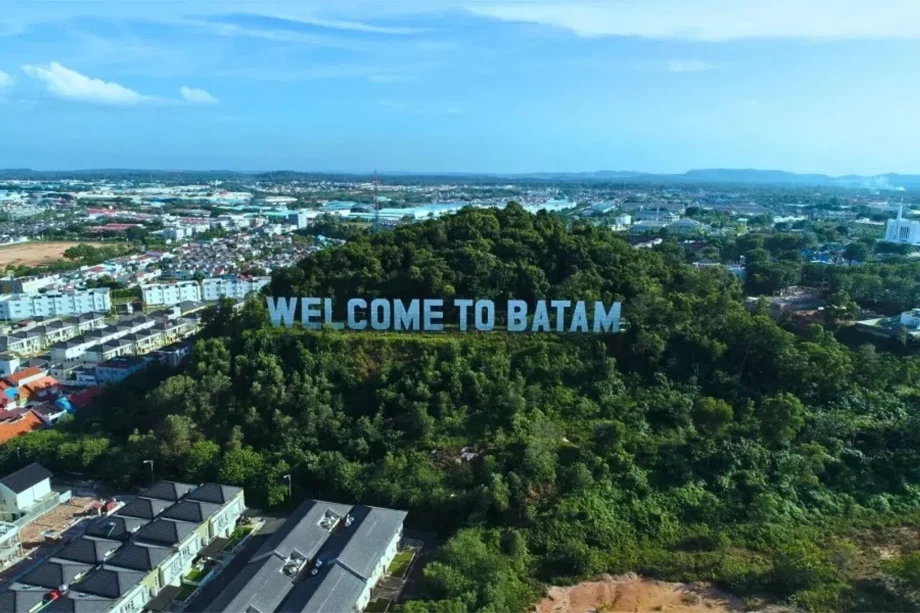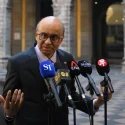Batam and Bintan offer a range of tax and fee incentives to enterprises operating within their zones
AFTER lunch at a nearby mall, Mark (a pseudonym), 63, placed his suitcase in a taxi and headed for Singapore’s Tanah Merah Ferry Terminal. Ten minutes later, he was at the counter buying his ticket – a routine he knows well. After clearing security, he boarded the ferry bound for Bintan, Indonesia.
Chinese businessmen in Indonesia
For more than a year, Chinese businessman Mark has made this journey almost every two months, flying from China to Singapore before continuing by sea to Bintan. His factory there began operations in July 2024 and is now running smoothly, though his regular visits remain essential. There are still matters that require his oversight – from production adjustments to meetings with local partners.
Six months ago, Gong Hao (a pseudonym), 40, also from China, set foot on Batam for the first time – just a short ferry ride across from Bintan. The island’s infrastructure, he soon realised, lagged far behind China’s. But what it lacked in polish, it made up for in potential. Demand for factories and housing was booming. Seizing the opportunity, Gong decided to stay. He rented an office, hired more than ten local employees, and began taking on factory construction and renovation projects.
Influx of Chinese capital
Mark explained that the raw and auxiliary materials his company uses are mainly imported from Africa, the Americas, and Europe, while the finished products, such as fragrances and flavourings, are sold back to the international market. Without establishing the factory within a free-trade zone, the high import and export tax costs would have been unbearable.
Batam and Bintan offer a range of tax and fee incentives to enterprises operating within their zones. Under certain conditions, these include exemptions or reductions on import duties, value-added tax, and income tax on imported goods, as well as simplified customs procedures.
As early as 1973, Batam was officially designated as an industrial development zone. In 2007, the Indonesian government further incorporated Batam, Bintan, and Karimun into its system of free-trade and free-port zones.
A NEWSLETTER FOR YOU

Friday, 8.30 am
Asean Business
Business insights centering on South-east Asia’s fast-growing economies.
In the past, investors in Batam and Bintan mainly came from Singapore, Japan, Europe, and the US, with industries concentrated in electronics components, tourism, and resource processing. According to data from the Free Trade Zone (FTZ) authorities of both islands, Singapore has long been the largest source of foreign investment.
In recent years, however, Chinese capital has surged into the area at an astonishing pace, standing out prominently amid what used to be a diversified landscape of foreign investors. Taking Batam for example, figures from its FTZ authority show that Chinese investment rose from US$17.32 million in 2022 to US$51.71 million in 2023, before rocketing to US$253 million in 2024, a nearly fifteen-fold increase over three years.
When China’s economy stalls: a contractor’s escape to Batam
In March 2023, Mark made his first visit to an industrial park on Bintan Island. The park’s infrastructure – roads, power supply, and water facilities – exceeded his expectations. More importantly, the factory site was only about an hour by ferry from Singapore’s port, and import-export procedures were relatively straightforward. He immediately concluded that the location met his relocation needs, signed an agreement with the park four months later, and after nearly ten months of approvals and construction, the factory was successfully established.
Mark’s case represents a proactive relocation by taking advantage of policy opportunities, whereas Gong Hao’s journey overseas was one of necessity amid debt and hardship.
Gong Hao had been a contractor for 15 years, taking on many government projects. But as China’s economy slowed over the past few years, many payments were left in limbo. To finish the work, he borrowed heavily from relatives and friends – yet the government funds he was promised never arrived. Today, local authorities still owe him more than three million yuan (US$548,661).







